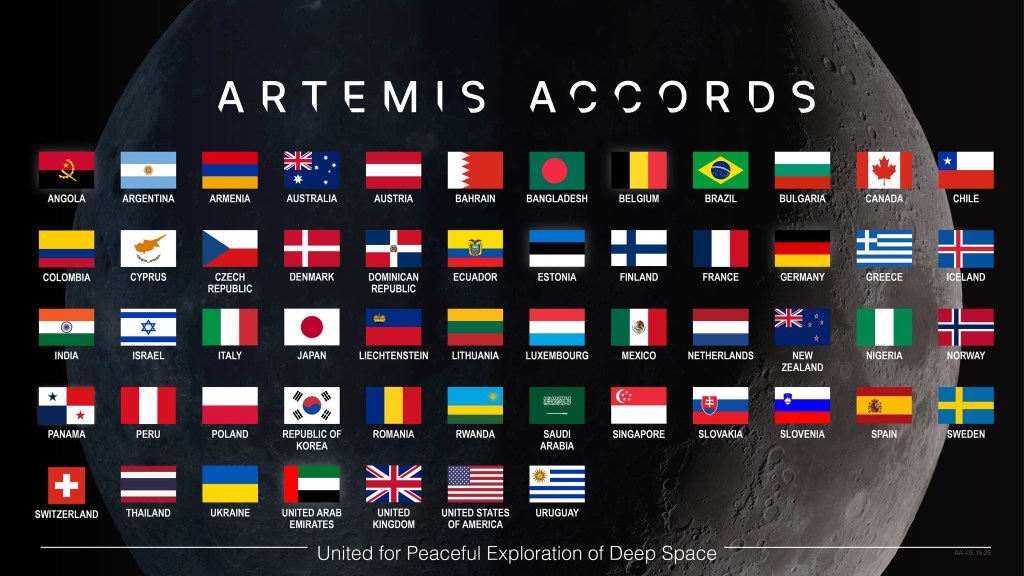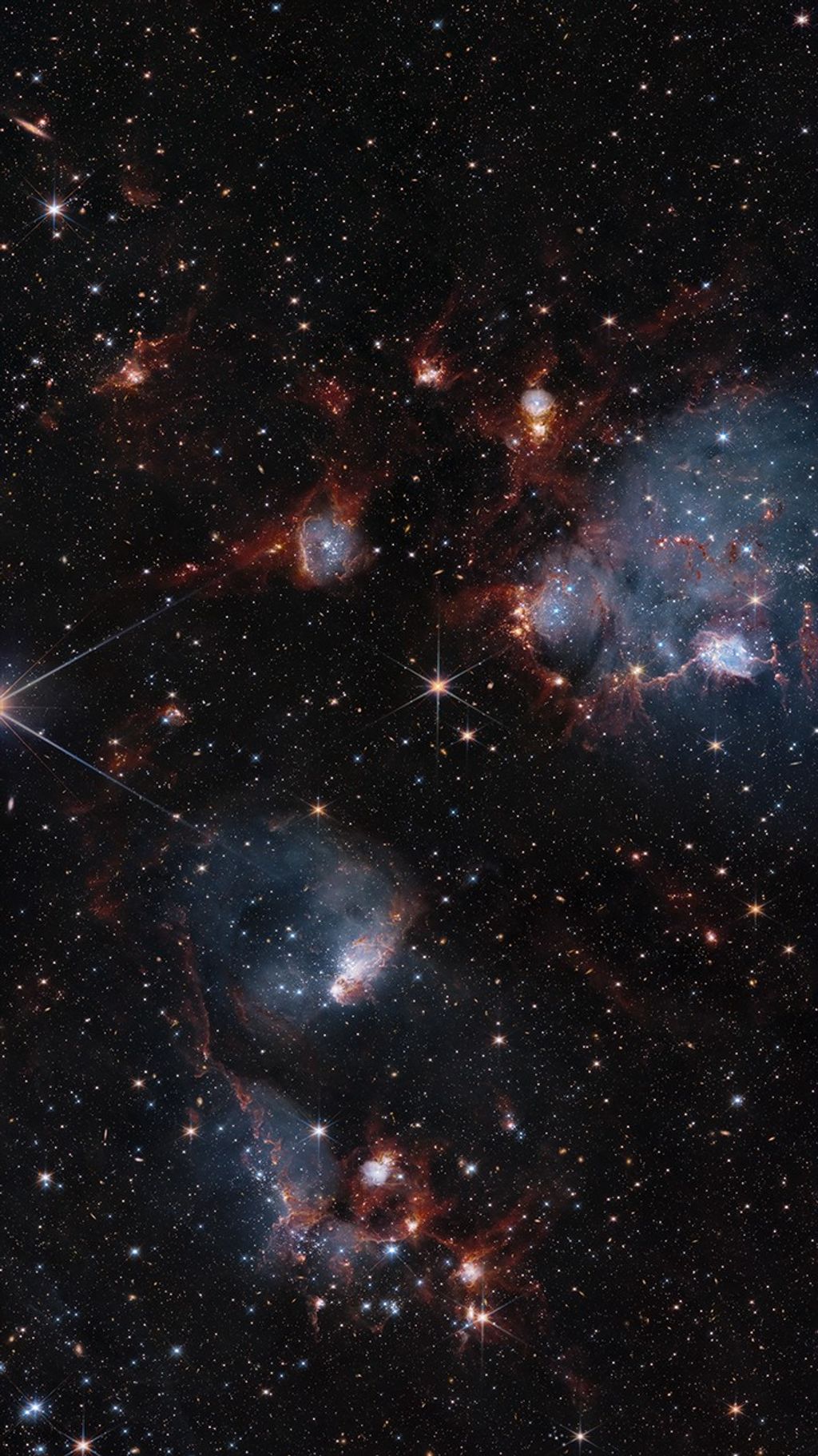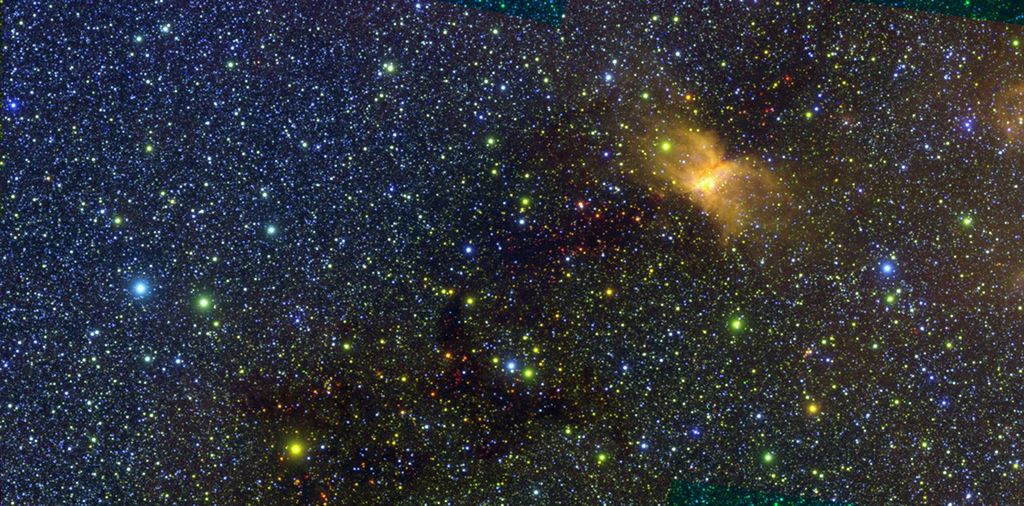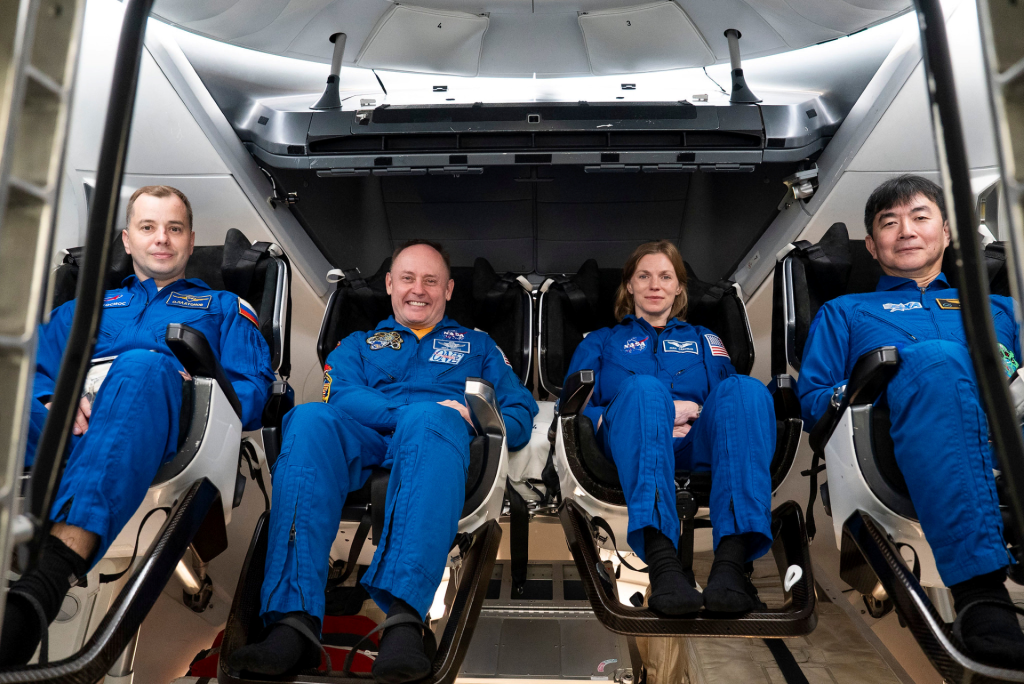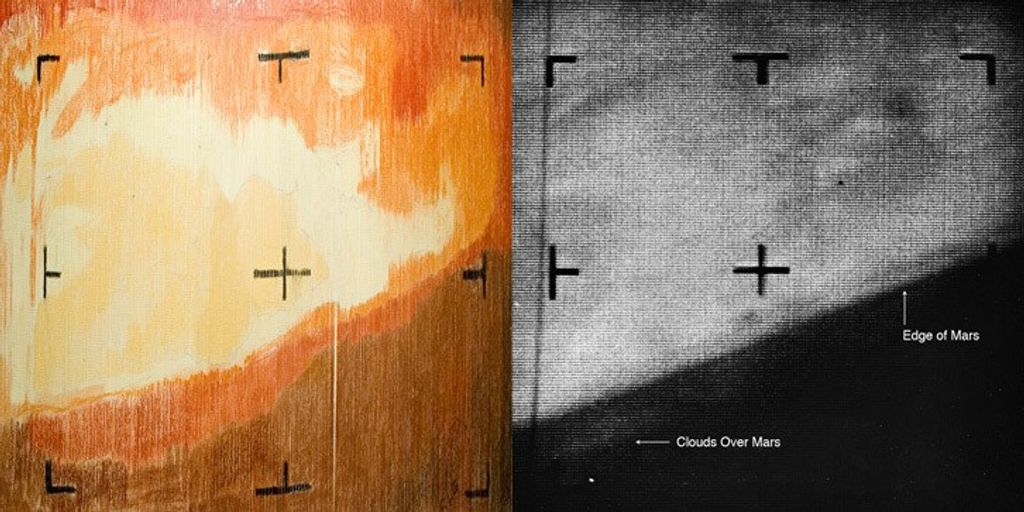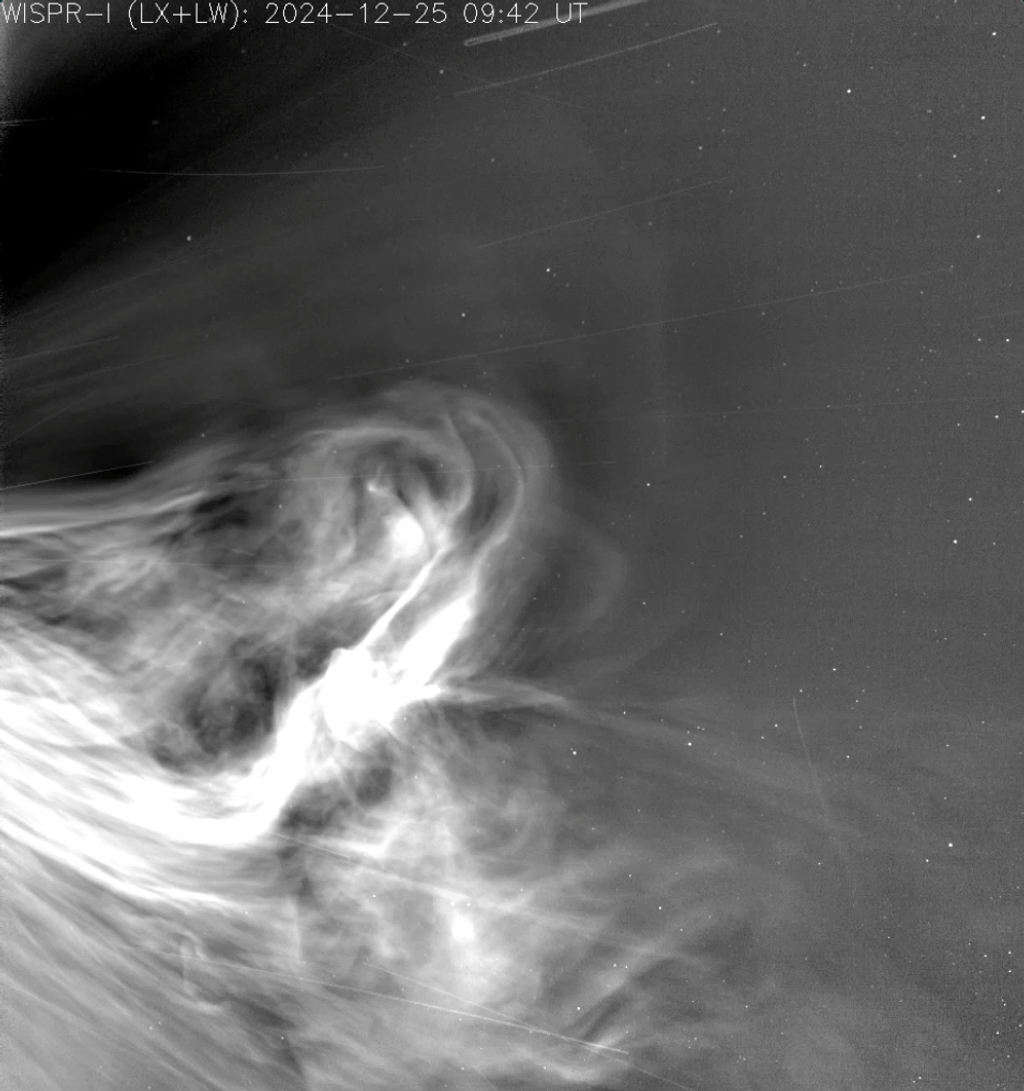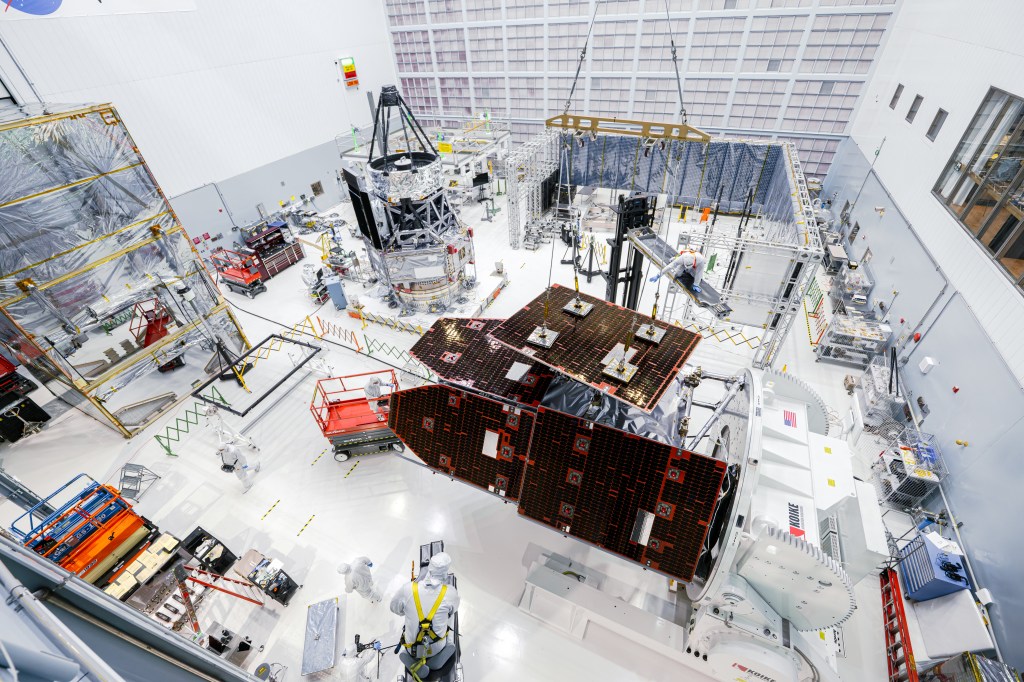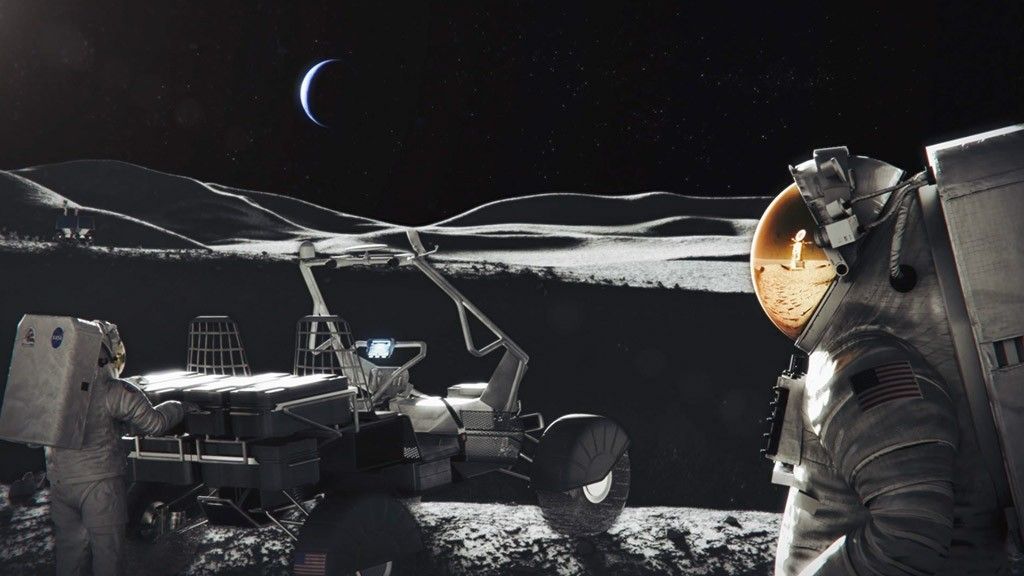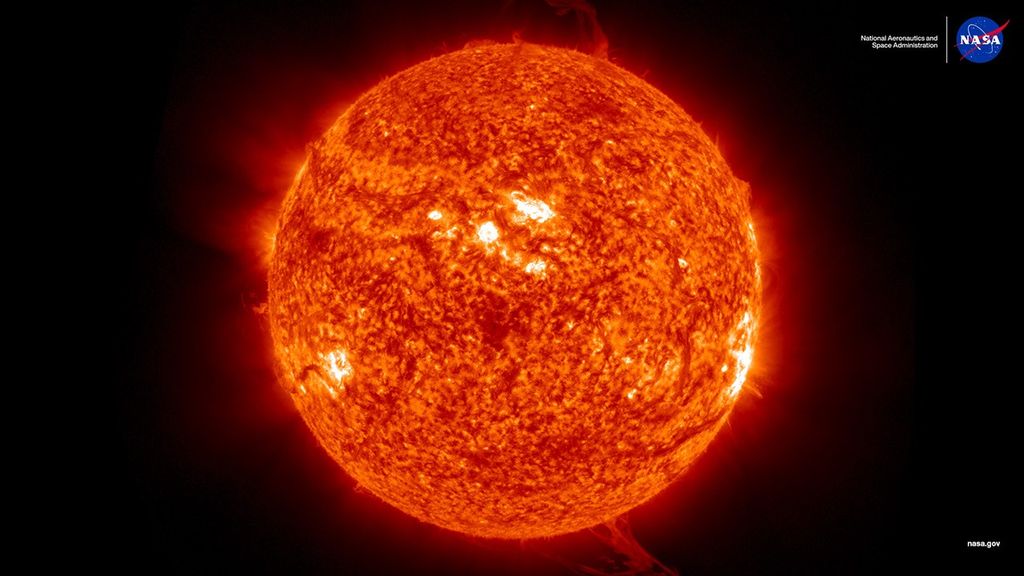
Moon to Mars Architecture
We’re designing a roadmap for long-term exploration of the lunar surface, our first steps on the Red Planet, and the journey beyond, working with our partners in industry, academia, and the international community.
What is Architecture?
When most think of architecture, they envision skyscrapers, cantilevered homes, or marbled museums. In this case, architecture isn’t the built environment. It isn’t a mission, a manifest, or a set of requirements. Instead, NASA’s Moon to Mars Architecture defines the elements needed for long-term, human-led scientific discovery in deep space.
NASA’s architecture approach distills agency-developed objectives into operational capabilities and elements that support science and exploration goals. Working with experts across the agency, industry, academia, and the international community, NASA continuously evolves that blueprint for crewed exploration, setting humanity on a path to the Moon, Mars, and beyond.
Dive deeper into the architecture effort using the navigation bar at top of this page. You can find historical details about exploration architectures, products from the agency’s annual Architecture Concept Review, and information about getting involved in the architecture effort.
2024 Architecture Updates
As NASA develops a blueprint for space exploration throughout the solar system for the benefit of humanity, the agency released several new documents on Dec. 13 updating its Moon to Mars architecture. The roadmap sets NASA on course for long-term lunar exploration under the Artemis campaign in preparation for future crewed missions to Mars.
Learn More
Architecture Documents
Lunar Exploration
Architecture and Artemis
We are going.
With Artemis missions, we are exploring the Moon for scientific discovery, technology advancement, and to learn how to live and work on another world as we prepare for human missions to Mars. The Artemis missions are a key steps in realizing NASA’s Moon to Mars Architecture and Objectives.
Learn More about Architecture and Artemis
Hear from us!
Fill out the form linked below if you’d like to be added to the mailing list for updates on NASA’s Moon to Mars Architecture.
Updates are intended for organizations seeking to engage with the architecture process or provide feedback on the architecture.

Work with us!
Help define our shared future in space.
If you are an authorized representative of a U.S.-based organization and wish to engage further on NASA’s Moon to Mars architecture, please contact us following review of the Architecture Definition Document. Please do not send any business proprietary or personally sensitive information.
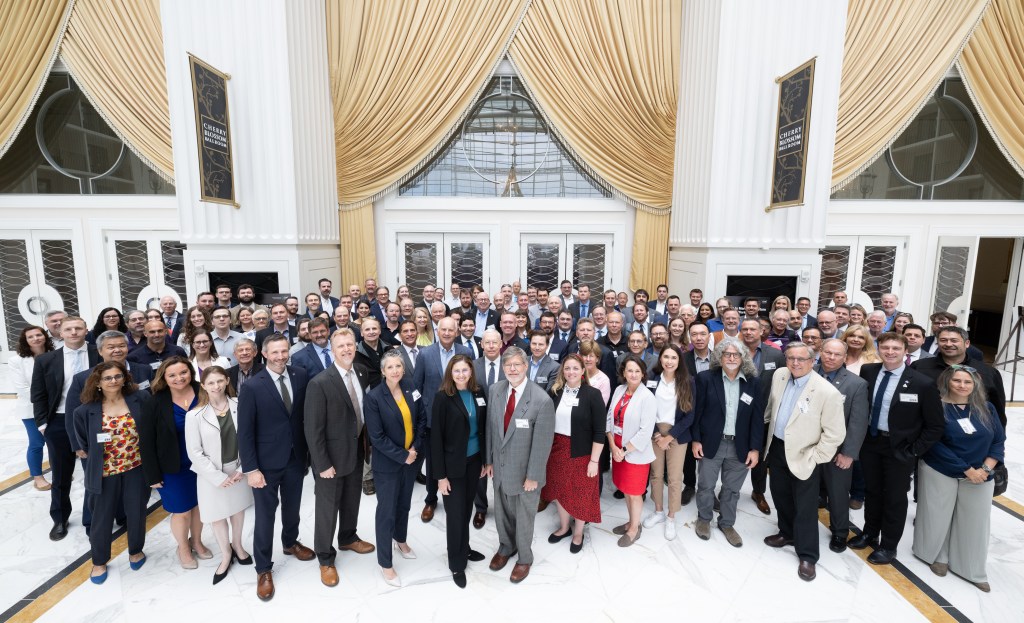
Work with us!
Help define our shared future in space.
If you are an authorized representative of an international space agency or government and wish to engage further on NASA’s Moon to Mars architecture, please contact us following review of the Architecture Definition Document. Please do not send any business proprietary or personally sensitive information.
